Most people think of “focused gaze” when they hear the Sanskrit word drishti. The drishti, like the breath, helps us focus inward and immerse ourselves in the present moment. One way the eyes might help one become more aware is by drawing attention to something specific. The drishti can also help us direct energy flow, which is actually pretty simple and can really amp up our practice.
Drishti is more of a gentle but directed stare than an intense one; it resides in the space between hyper-focused concentration and wide-awake awareness.
Drishti as A Meditative Instrument
A kind of meditation, yoga involves learning to be deliberate with your drishti. The drishti, like the breath in sitting meditation, serves as a mental focal point. By doing so, we are able to bring our focus within, away from distractions, and onto our internal experience. This is the secret to the drishti’s potency. Instead of floating aimlessly around the poses, it keeps us firmly planted on the mat, allowing us to be fully present and grounded.
Turning up the volume on one sense circuit, in this case vision, helps to block out competing stimuli, such as distracting thoughts and outside noise. One way to gain a better look at how your mind is working is to practice conventional breath meditation, which involves concentrating on the physical sensations of breathing. By directing your eyes deliberately during yoga, you may bring more awareness to the physical and mental effects of each pose.
Also Read: How Can Yoga Help Thyroid Issues?
Using Drishti To Enhance Focus
Although drishti is most commonly taught in asana classes as a means of improving concentration in one-legged standing poses like vrikshasana (tree pose), anybody can benefit from learning it. Let’s look at the toes as a natural focal point to learn about drishti in pashchimottanasana (sitting forward bend pose).
Step 1
Sit down in a relaxed position with your legs extended out. If you’re having trouble releasing into the pose due to tight hamstrings, try sitting on a folded blanket to elevate your hips or bending your knees slightly while using a strap around your feet. Bend at the waist, roll your instep in toward your heels, and point your toes upward.
Step 2
Padayoragram drishti is the name given to the gentle eye movement of casting one’s focus toward one’s toes. After that, instead of bringing your upper body forward with a strap or arms, try lowering your eyes to the point where you can’t make out your toes from the floor (almost like you’re staring through or beyond them). If you look straight ahead during the stretch, your body will follow suit. Let your spine lengthen in the direction of the drishti with each breath.
Step 3
Breathe out slowly, letting your body relax into the stretch as you keep your eyes gently on your toes and your heart open. Maintaining a steady gaze and removing visual distractions heightens body body-awareness.
Your asana practice can become a moving meditation with the support of Drishti, which can help you turn your attention away from the outside world.
In no time at all, you will become acutely aware of a plethora of sensations that you might have been oblivious to before, such as the depth of the stretch, the intensity of the muscles engaged, the correctness of your posture, and the feeling of inside space. As your focus narrows, you may feel all of these things. As you ease into a more contemplative form of the pose, you’ll start to notice your thoughts’ conversations with yourself, just as distracting ideas come and go.
Also Read: How To Find Your Best Position for Meditation?
Do you want to know about the best place to look during Drishti?
The Ashtanga Yoga system delineates nine focal points or directions.
- On the Tip of the Nose – Nasagram drishti
- On the space in the middle of your forehead – Ajna chakra or bhrumadhya drishti
- Nabhi chakra drishti on naval
- On the hand – Hastagram drishti
- On the Toes – Drishti of the padayoragram
- On the far right—Parshva drishti
- On the far left—Parshva drishti
- On the Thumbs-up – Angushthamadhyam Drishti
- Towards the heavens – Urdhva or antara drisht
To find the sweet spot that allows you to stay safe in the pose while still paying homage to its energy, try looking in the direction of the stretch. Your gaze in trikonasana (triangle pose) could be directed upwards toward your airborne hand, horizontally toward the floor, or in a line with your nose and sternum, for instance. Looking in the right direction is more important than looking at specific things; the trick is to direct your attention within.
You can learn more about Drishti through Ashtanga yoga by embarking on your path to wellness and personal growth now at India Yoga School!
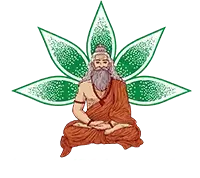
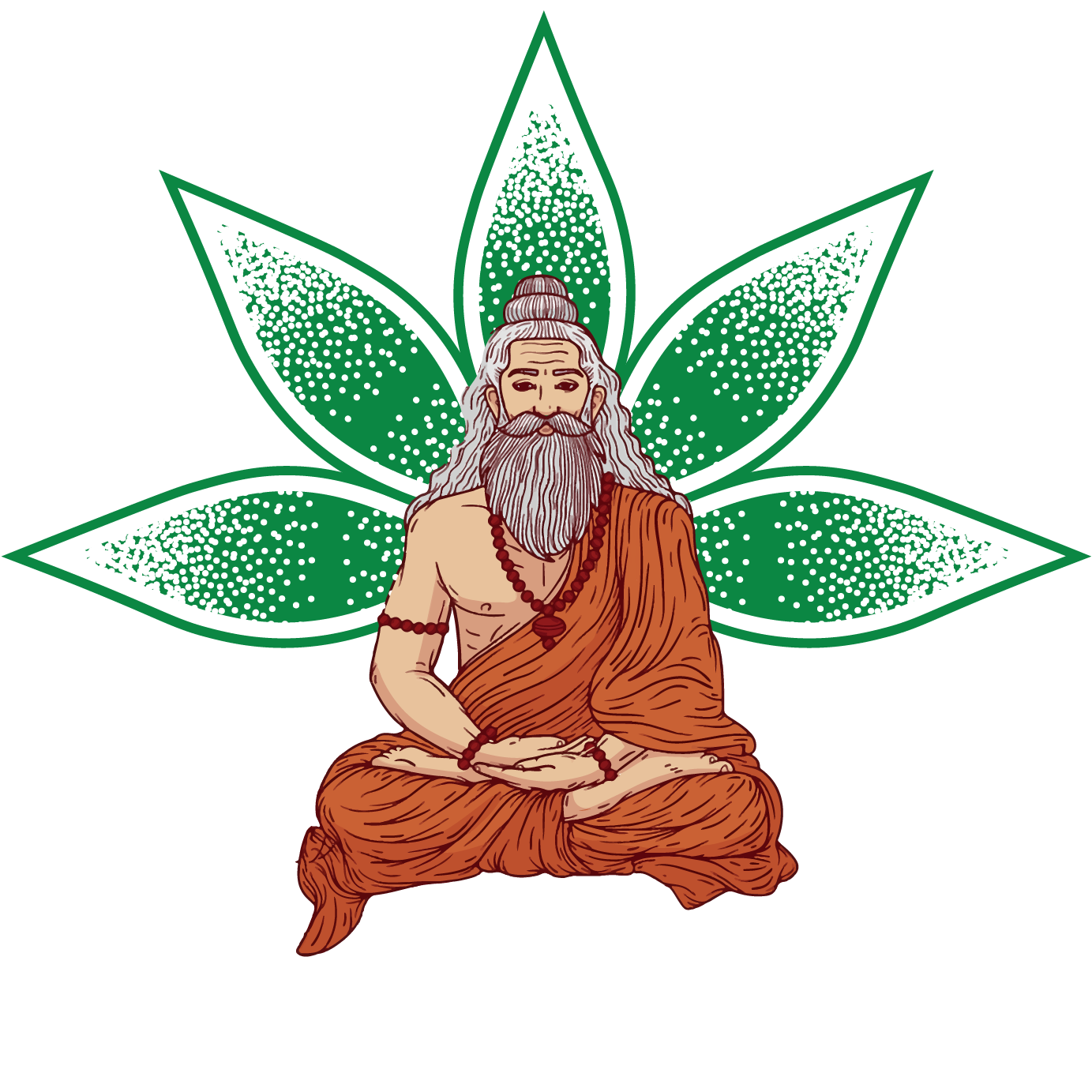
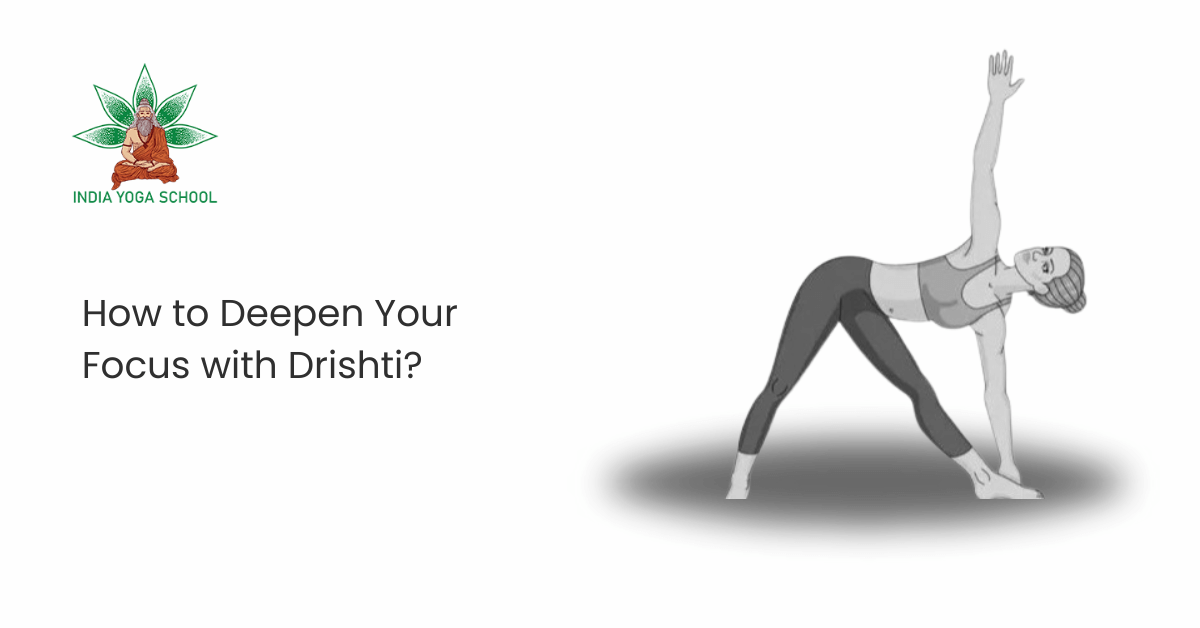
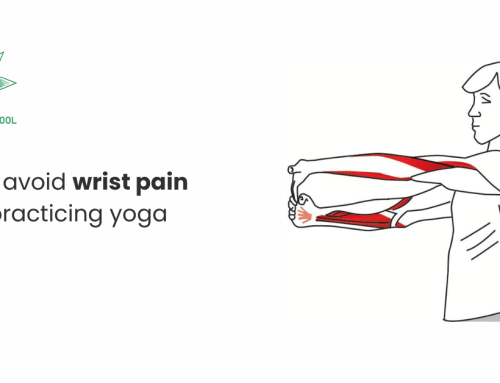

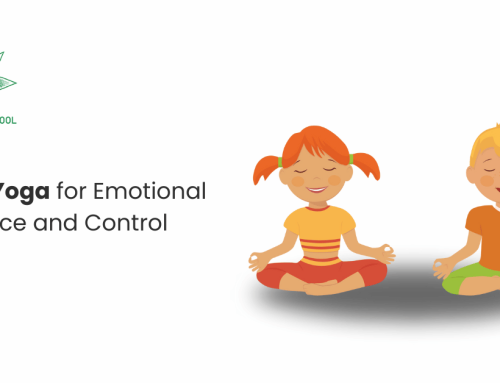
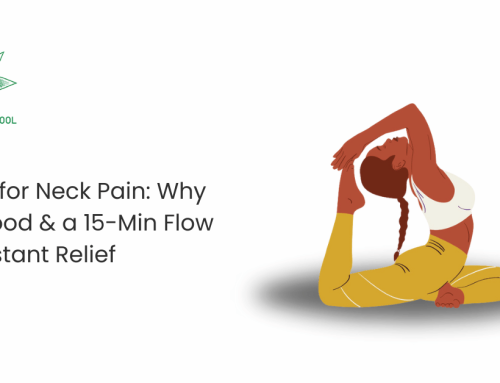
Leave A Comment